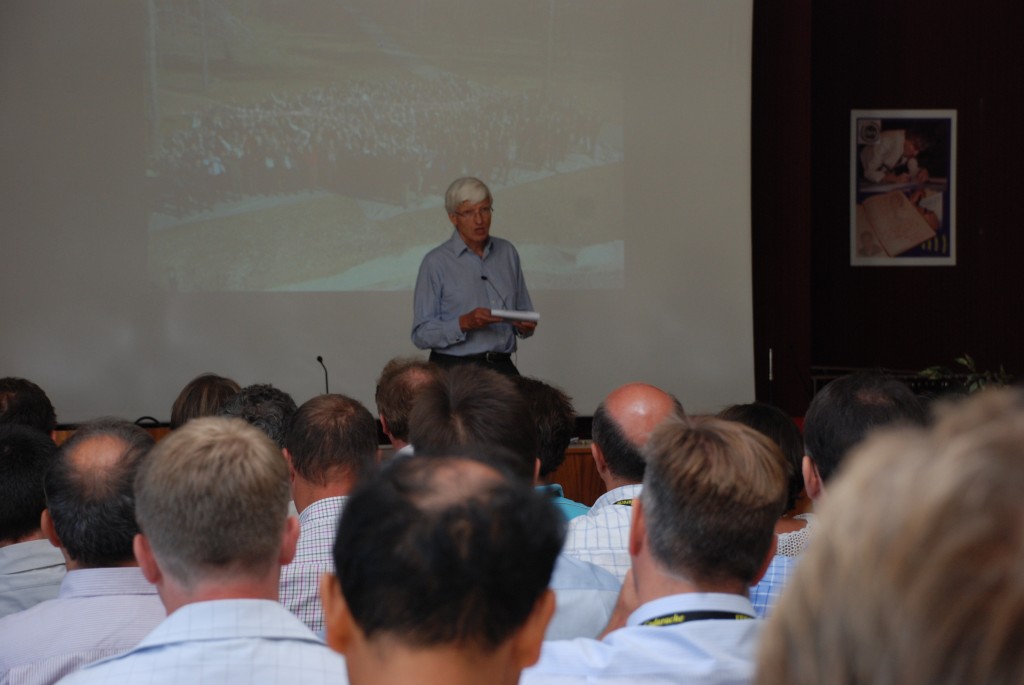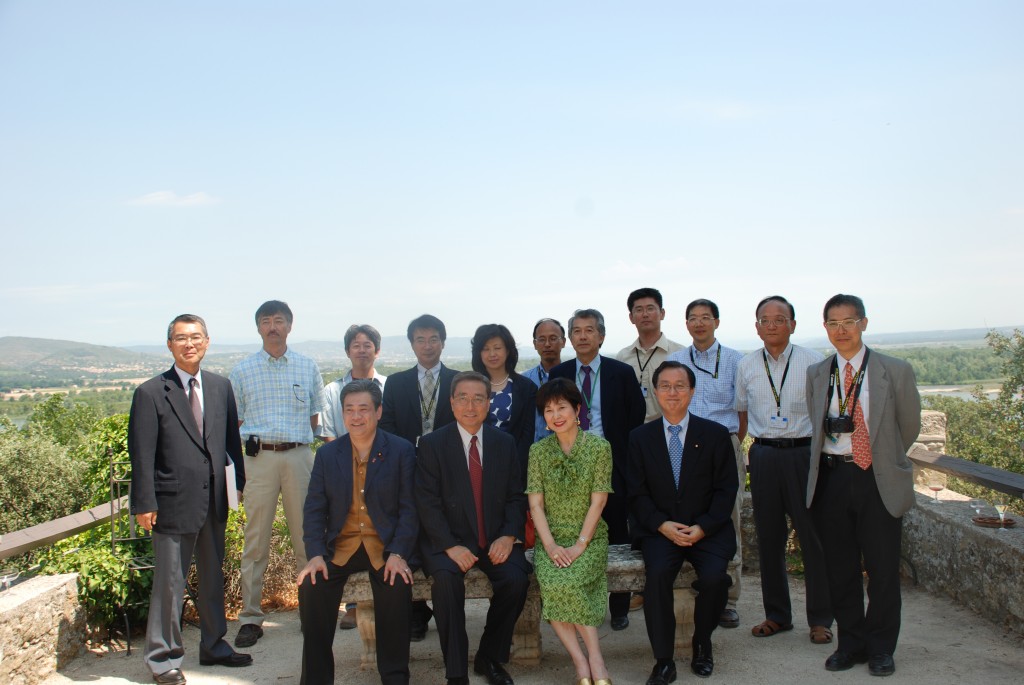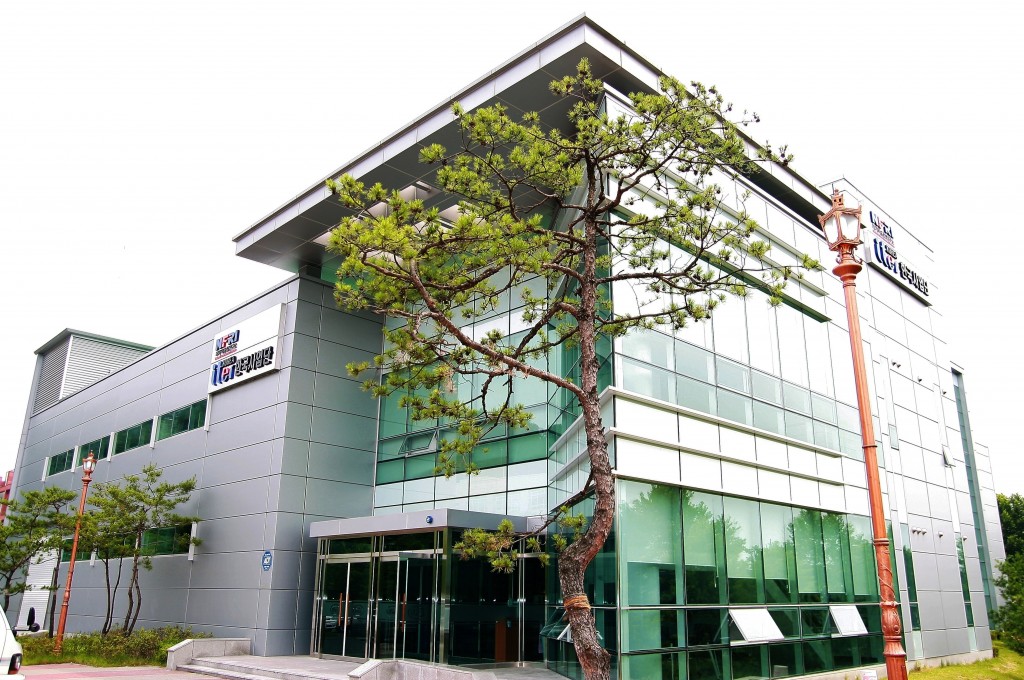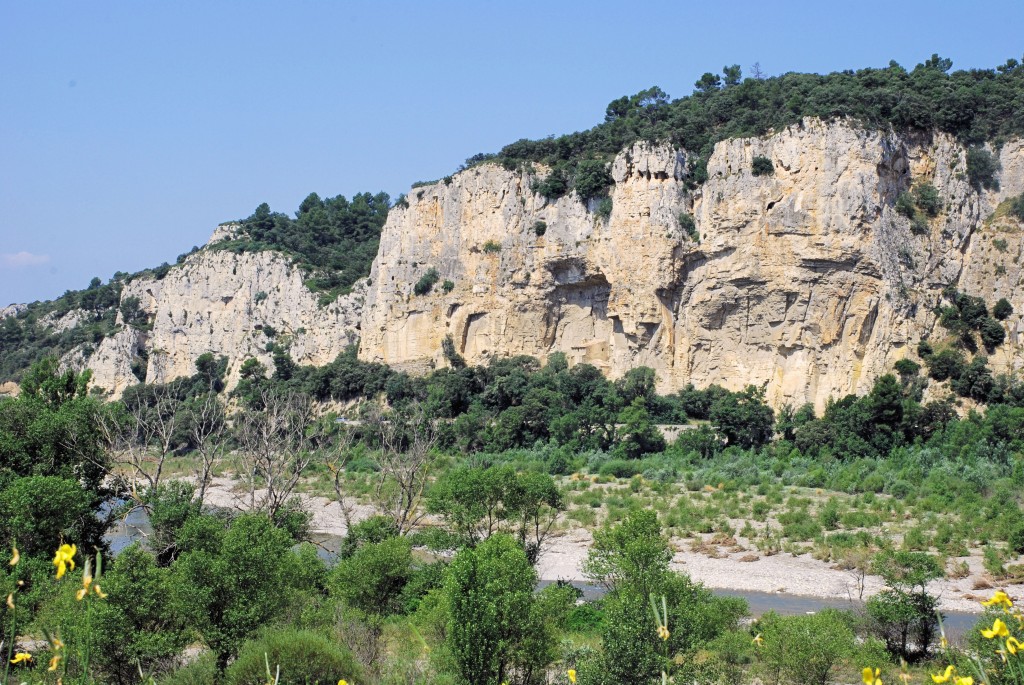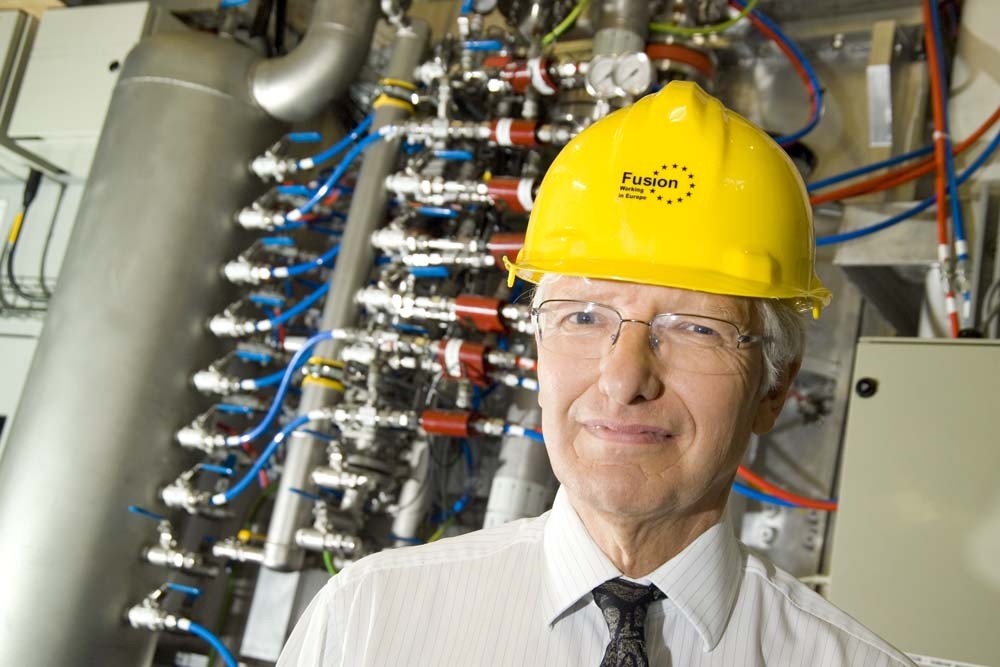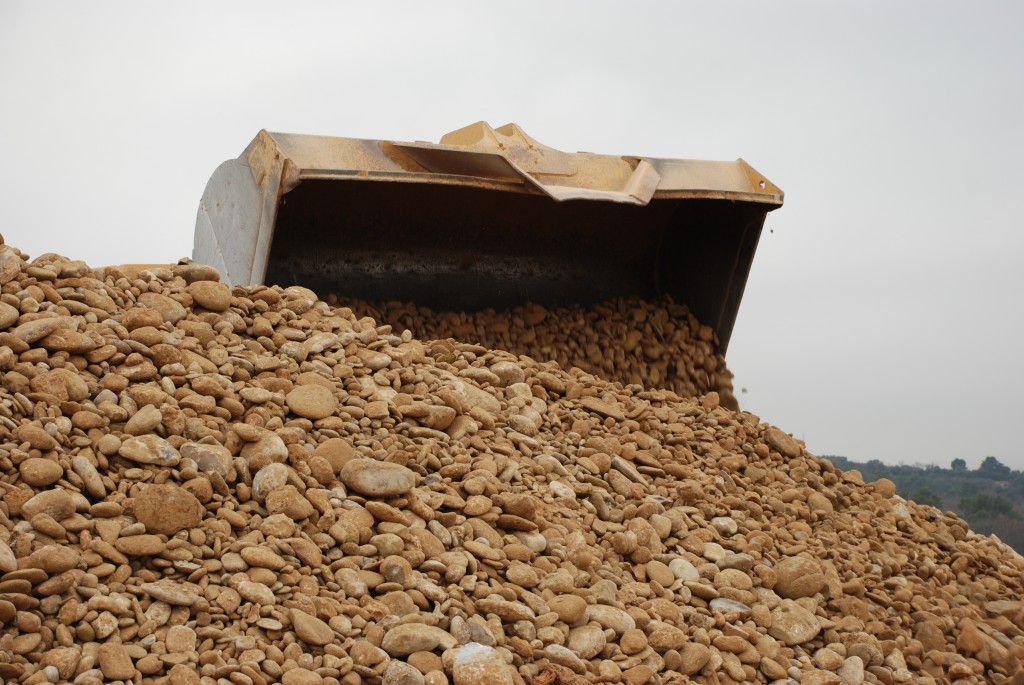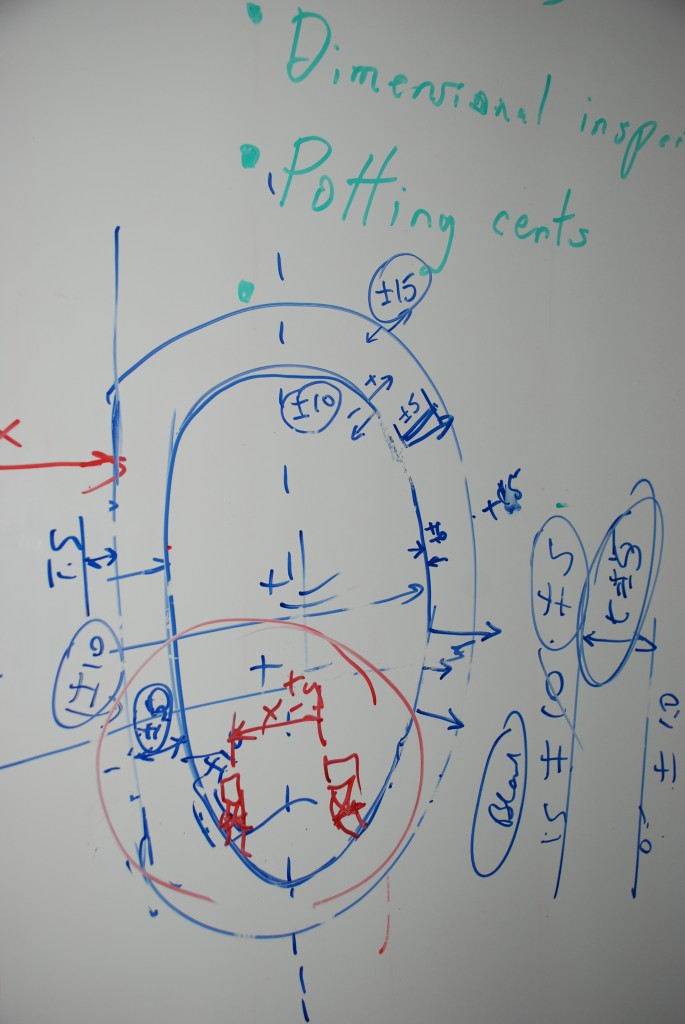Last week, Sir Chris Llewellyn Smith, Chairman of the ITER Council, addressed the ITER staff. In an encouraging and motivating "we owe it to the world" talk he stressed the importance of the project. The recent increase in the costs of energy — particularly oil — underlined the importance of developing new energy options, said the Council Chairman, and fusion was a major option. "We owe it to the future that ITER works, and we all must hope — on behalf of our children and grandchildren — that it does establish the scientific and technical feasibility of fusion power."
He continued to explain the stakes of the second ITER Council meeting recently held in Aomori, Japan. It was "a difficult meeting" due to the reported increase in the cost of ITER. But setting up a new organization on a green field site is always very difficult, Llewellyn Smith said. "The difficulties are compounded by the unprecedented technical challenges involved in building ITER, and the constraints inside which an international organization must operate."
Nevertheless he had been "very impressed by the progress that had been made since the first ITER Council meeting last year," a view which was shared by the Council's advisory committees, and echoed in opening remarks by Heads of Delegations to the Council.
The decision to set up a review group led by Frank Briscoe should not be seen as criticism, "but as an absolutely essential political step, which is necessary to ensure the reliability of the costs, and that all options for reduction have been explored." But Llewellyn Smith left no doubt about the overall aim of ITER: "While keeping very tight control of costs, we must not compromise the ultimate aims of the project even if it requires the provision of extra resources." Even if the budget increased it would still be "a small price for a reasonable chance to give the world another energy source" he said, quoting a Financial Times article from 2004. "For the sake of the world, we must succeed."
On 11 July, the Vice President of the House of Councillors of Japan, Mme Akiko Santo, together with other members of the House, had discussions with Director-General Ikeda and met Japanese members of ITER staff at the Château de Cadarache. They also visited the construction site.
http://en.wikipedia.org/wiki/Upper_house
The House of Councillors is the Upper House of the Diet of Japan.
In June, ITER Korea moved into new offices in Daejeon. The new building allows enough space to house almost all of our staff, currently about 60 people, with "enough additional space to support the expected maximum number of staff of one hundred in addition to multiple meeting rooms", reports Soun Pil Kwon, Head of Communications. "We have also upgraded our video conferencing system which is in operation," he added.
If you meet someone whose first name is Eucher, the chances are that he was born in Saint-Paul-lez-Durance, Mirabeau or one of the villages close to Cadarache.
The original Eucher was a Gaul from a rich Lyons family, a Roman Senator and a devout Christian who lived in the 5th century AD. But he held honours and riches in contempt and, renouncing the role of Senator, he decided to withdraw from the world and live as a hermit in the wilderness, while his wife Galla joined a nearby monastery.
The place Eucher chose was the high cliff facing what is now Cadarache. There, he sealed himself in a cave, leaving only a small opening through which his wife would bring him water and bread. His days he spent in praying and fasting; his reputation as a holy man spread throughout the whole land.
When the Bishop of his native Lyons died in 435, the local Christian community decided Eucher would succeed him. But the hermit turned down the offer and a delegation of the faithful had to come to the cliff, tear down the wall of the cave and seize him by force. Eucher was to be Bishop of Lyons, then the capital of Roman Gaul, for the five remaining years of his life. "Holding the earthly world in contempt and aspiring solely to the Heavens, he was among the greatest bishops of his time", writes one his biographers. Eucher is among the revered "Fathers of the Church" whose moral example and theological influence contributed to the establishment of the Christian doctrine.
At the foot of the cliff, a chapel was soon erected in his honour. The one we can see today, almost facing the entrance of CEA Cadarache, was built in the mid-17th century over the remains of the original construction.
The memory of Eucher istill lives on around Cadarache: the cliff is named after him; the village of Sainte-Tulle, 15 miles to the north, bears the name of his daughter Tullia and Roger Pizot, the present mayor of Saint-Paul-lez-Durance, had a grandfather named Eucher.
|
Sir Chris Llewellyn Smith is the first Chairman of the ITER Council and one of the most prominent ambassadors for fusion energy. Being the Director of UKAEA Culham Division, he is responsible for the UK's fusion programme. His role is to lead the UK's contribution to the development of fusion as a viable environmentally responsible source of energy on the "fast—track" advocated by the British government. He is also Chairman of the Consultative Committee for Euratom on Fusion. From 1999 until 2000 Llewellyn Smith was President of University College London and from 1994 until 1998 he was Director General of CERN. Sir Chris Llewellyn Smith is a theoretical physicist and has worked on a wide range of topics related to particle physics experiments. He has been a Fellow of the Royal Society since 1984, and his scientific contributions and leadership have been recognised by many awards and honours, including a knighthood in 2001 for "services to particle physics".
Newsline: Being the Chairman of the ITER Council, could you please comment the goal of that important meeting and its outcome.
Chris Llewellyn Smith: For me the main goal was to agree on the new reference design and on the new schedule for planning. We achieved that, and came out with the very important message that this is the design that the Council wishes to build — a design which, with an acceptable degree of risk, will deliver the goals of ITER, and demonstrate the scientific and technical feasibility of fusion. That we got, although it remains an aspiration as the necessary resources are not yet in place, and no commitments were made to increase the budget. We also agreed on the project schedule for planning purposes. This schedule is ambitious, and I felt that this is good news too. The message is: this is what we want to build and the Council wishes to build it fast. So, overall the outcome was very positive.
Click to download the rest of the interview....
When you design a machine, says David Campbell, Assistant Deputy Director General for Fusion Science and Technology, you "try to squeeze out as much operational capability as you can". In ITER's case this meant adding to the four "reference" or "design scenarios" a set of alternatives called "assessed scenarios", which would offer the fusion community "interesting things to explore."
As early as 2001, the ITER designers concluded that in order to reach a tenfold amplification of the input energy—the famous Q > 10, the plasma current intensity had to be set at 15 MA. JET, as a comparison has operated at currents up to 7 MA, and JT-60 has a capability of 5 MA. But the designers also made room for alternative scenarios with a 17 MA plasma current.
"Getting Q = 10 for 400 seconds is what the machine is aiming for", David Campbell says. "But we haven't excluded a higher Q, which we could get if we can increase the current intensity".
Increasing the current in the plasma—which improves plasma energy confinement time, one of the essential parameters for achieving fusion—is also an interesting option to compensate for any shortfalls such as energy confinement time at 15 MA not being as good as expected, or impurities being higher than predicted.
So "pushing" to 17 MA for 100 seconds is a possible extension to the tokamak's capabilities which some fusion experts during the recent Design Review have given a high priority.
Of course, as David Campbell says, "there's a number of issues". Operating at 17 MA will bring ITER's plasma closer to the "stability boundary" where, "if you're not careful", the plasma current can suddenly disappear, and the magnetic energy exert tremendous forces on the machine structure. "We have designed ITER so that the structures can resist the forces at 15 MA and it is possible that, at 17 MA, the forces will be too high. In any case, the regulator, the French Agence de Surete Nucleaire, will want us to demonstrate that disruptions at 17 MA do not damage the machine. So we'll 'shake' it a bit first at lower current to see what happens..."
After having deliberately run "disruptive events" in the first years of operation, and if Q = 10 is achieved in the 5 or 6 following years, ITER's operators might then try to go to 17 MA but without having a 100% cast-iron guarantee of getting there. At 17 MA, plasma in ITER could reach the threshold of the ignition regime. No one in the fusion community wants to pass by this opportunity to explore or even to glimpse this fascinating new territory.
The first million cubic meters of soil have been moved on the ITER construction site.
|



